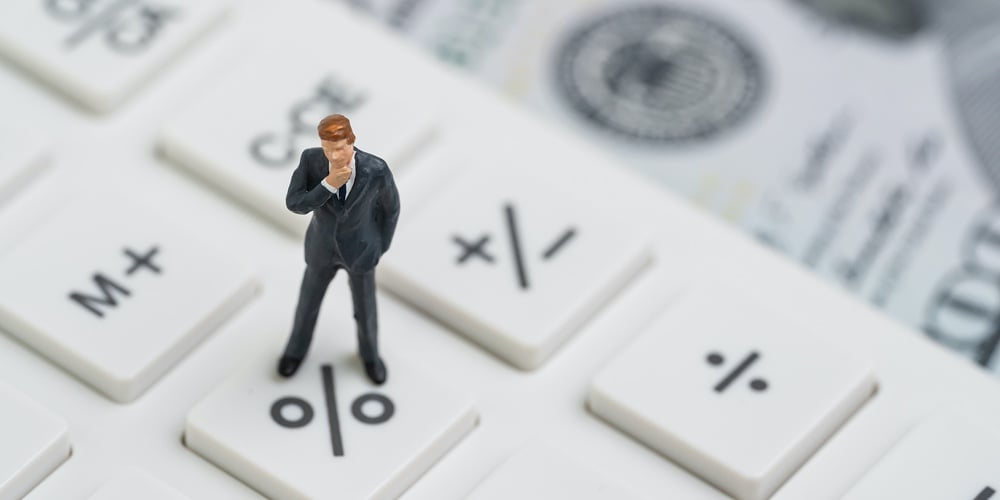The U.S. economy received a shock on March 10th when Silicon Valley Bank collapsed. Two days later Signature Bank also failed. At the time these were the second and third largest bank failures in U.S. history. In an effort to head off runs at other banks, the Federal Reserve moved swiftly to announce that all deposits at those banks would be fully backstopped, even beyond the $250,000 limit. Now the FDIC has taken over First Republic Bank and sold its assets to J.P Morgan. First Republic Bank is now the second largest bank failure in U.S. history.
Bank failures can have a significant impact on consumers and the wider economy. Consumer and business demand was already expected to slow this year as a result of the massive interest rate increases implemented by the Fed over the last thirteen months. The Fed raised short-term interest rates nine times from March of last year to March of this year, which increased the Fed Funds rate from zero to 5%. There is a time lag between when the Fed raises interest rates and when the effect of it is fully felt in the economy. A large part of the contractionary impact of the interest rate increases is expected to be realized in the economy in the rest of this year.
Even so, whatever the level of demand would have been without the bank failures, it is likely to be significantly lower now. Banks are tightening their credit standards, which reduces the credit available to businesses and consumers. Businesses are implementing cost cutting, laying off workers, and putting expansion plans on hold. Consumers concerned about the direction of the economy will delay larger purchases that aren’t essential. These actions increase the possibility that the economy could enter a recession later this year.
The impact on the economy due to the bank failures will act like additional interest rate increases by the Federal Reserve, increasing the likelihood that they will soon be done raising rates. Federal Reserve Chairman Jerome Powell maintains that the recent rate increases will remain in place through the end of the year, but the market does not think this will be the case. The market is pricing in the likelihood of interest rate cuts before the end of this year.
In periods of economic shock and uncertainty, it is recommended that you stick with your long-term investment plan and only make changes when your circumstances change.







